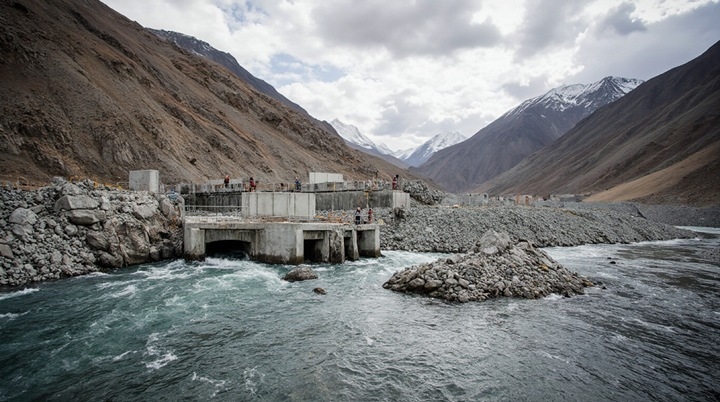Kyrgyzstan has allocated 61 land plots for the implementation of new projects in the field of «green» energy. According to the director of the state institution «Green Energy Fund» Emilbek Orozbaev, the main emphasis is on hydropower – 45 sites are intended for the construction of small hydroelectric power stations. The remaining areas will be used for the construction of solar and wind stations. This course is also confirmed by the plans of OJSC «National Electric Network of Kyrgyzstan», according to which by the end of 2025 about 18 new small hydroelectric power stations, built mainly by local investors, will begin operating in the country.

At the same time, such a clear emphasis on hydropower raises serious questions about the long-term sustainability of the national energy system. By relying on small hydropower plants, Kyrgyzstan is further integrating its energy future with water resources, which are already under pressure due to global climate change. A country whose energy historically depends on large hydroelectric power plants such as the Toktogul one is now doubling that dependence, spreading it across many small rivers. The water level in these rivers is directly related to the melting of glaciers and the volume of precipitation – factors that are becoming increasingly unpredictable.
Thus, Kyrgyzstan’s «green» exchange rate could result in the creation of a new vulnerability. In low-water years, which may become more frequent, a simultaneous decrease in electricity generation at all hydroelectric power plants –both large and small – can lead to a serious energy shortage. Despite the fact that the potential of small hydroelectric power plants in the country, according to experts, is only 10% used, without the parallel and commensurate development of other types of renewable energy, such as solar and wind, the energy system risks falling into a climate trap.
To stimulate investors, the authorities create differentiated conditions. According to Emilbek Orozbaev, land for small hydroelectric power stations is leased for 15 years, while for solar and wind stations that are more stable in terms of resource base – for 25 years. For his part, NESK Deputy General Director Ularbek Duisho uulu assured that the company pays the owners of small hydroelectric power stations in a timely manner and in full for the purchased electricity, which is a positive signal for the market. However, the key challenge for Kyrgyzstan remains the diversification of the «green» portfolio so that the country’s energy security does not depend solely on the vagaries of the weather and the condition of waterways.
Alexander Eskendirov (Rivers.Help!)




